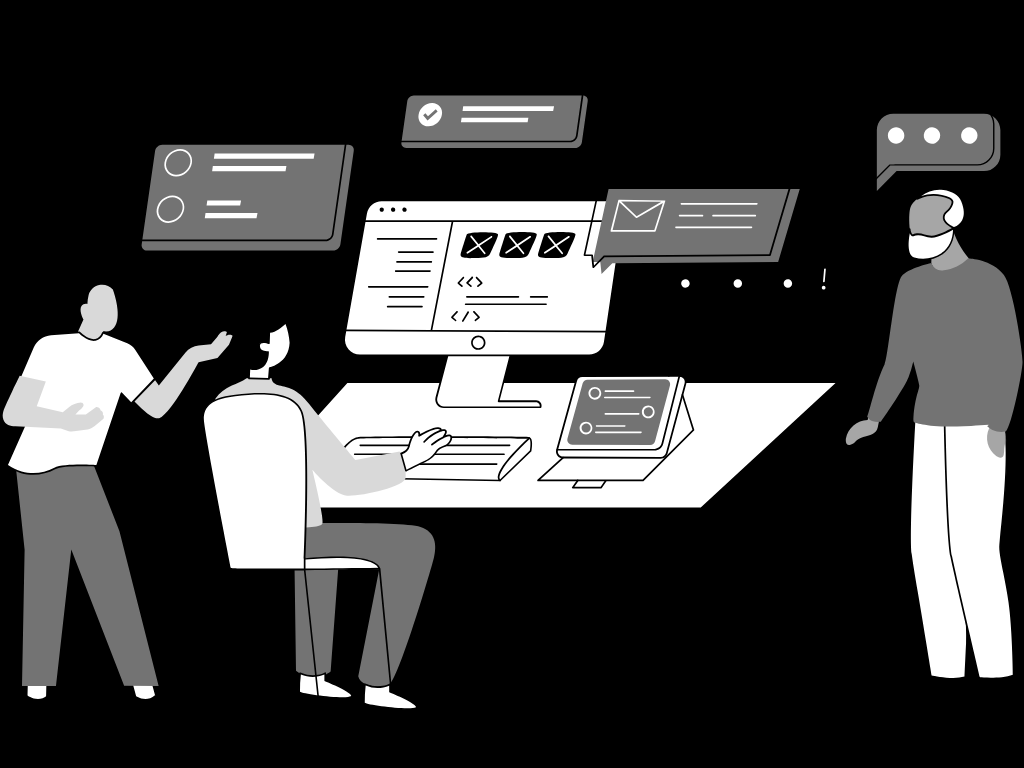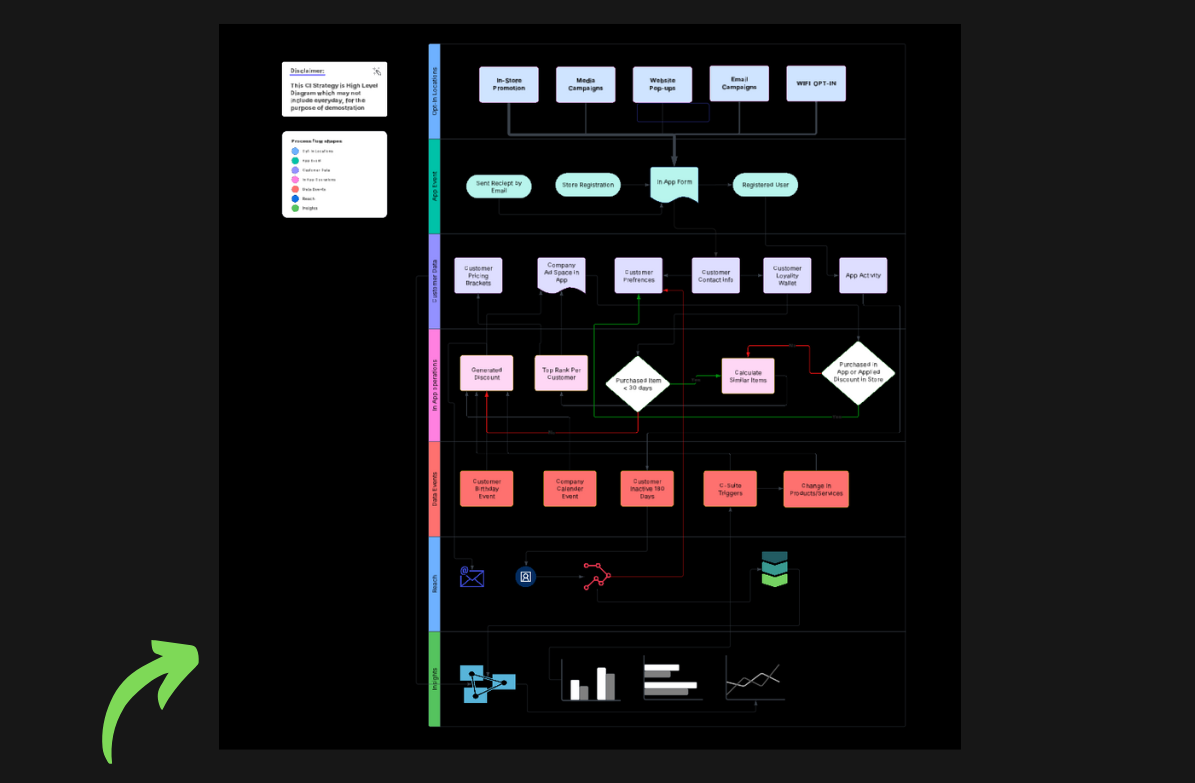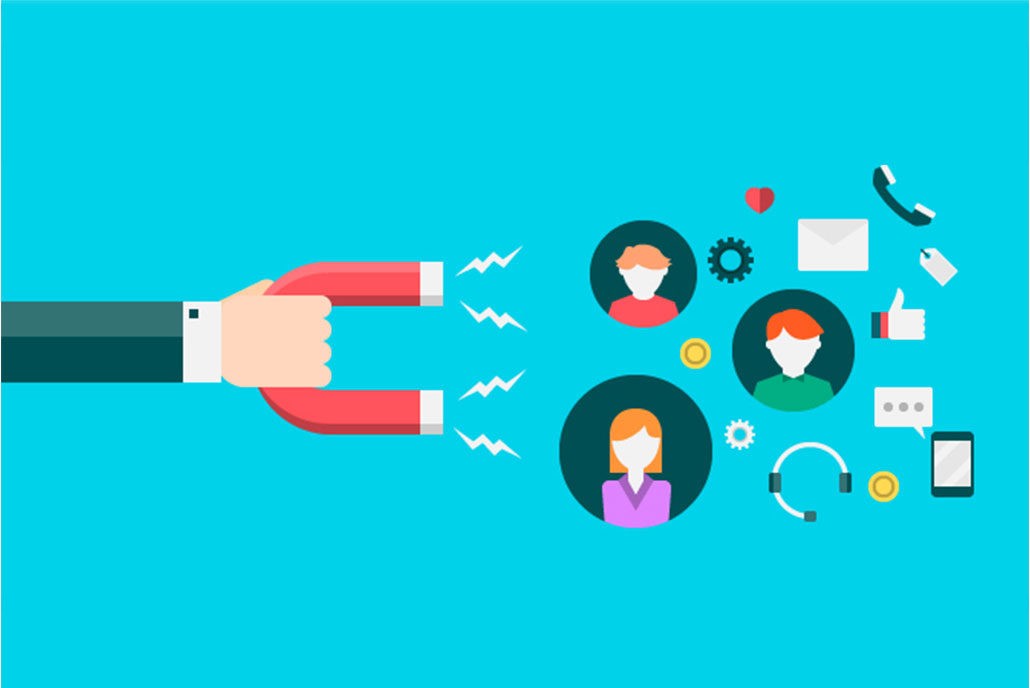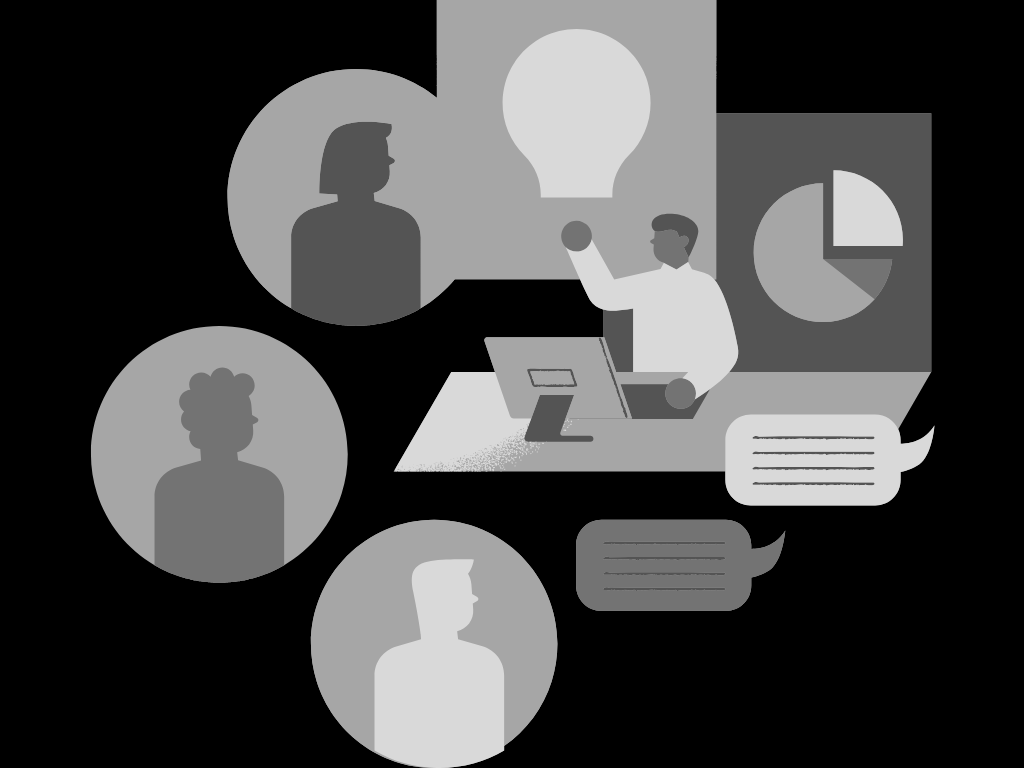Key Takeaways
- A loyalty program is a structured marketing strategy aimed at fostering repeat business by rewarding customers for their loyalty.
- Successful programs like Starbucks Rewards and Amazon Prime are distinguished by their appealing benefits and user-friendly design.
- The 3 R’s of loyalty programs—recruit, retain, and reactivate—are fundamental for maintaining a thriving customer base.
- Loyalty programs can be free or paid, each with its own advantages and structures.
- The benefits of joining a loyalty program extend to financial, emotional, and convenience aspects for customers.
- Effective loyalty programs significantly impact customer retention and can be measured through various metrics and KPIs.
- Customization is key; segmenting customers can lead to more effective and resonant loyalty programs.
What is the meaning of a loyalty program?
Definition of a loyalty program
A loyalty program is a marketing initiative designed to encourage customers to continue shopping at a business by offering rewards, discounts, and other incentives. These programs aim to build long-term relationships with customers and enhance their overall experience.
Purpose of loyalty programs for businesses and customers
The primary purpose of loyalty programs is twofold: for businesses, they enhance customer retention and increase sales, while for customers, they provide tangible rewards for their continued patronage. This symbiotic relationship fosters brand loyalty and encourages repeat interactions.
What is the best example of a loyalty program?
Iconic examples (e.g., Starbucks Rewards, Amazon Prime)
Two notable loyalty programs include Starbucks Rewards and Amazon Prime. Starbucks Rewards offers personalized rewards through a digital app, allowing customers to earn stars for every purchase, which can be redeemed for free drinks and food. In contrast, Amazon Prime provides premium benefits like free shipping, exclusive access to deals, and a vast library of entertainment content.
Key features that make these programs successful
What makes these programs stand out is their user-friendly interfaces, clear value propositions, and effective communication. Both programs leverage technology to enhance the customer experience and provide tailored offerings based on customer purchasing behavior.
What are the 3 R’s of a loyalty program?
Recruit: Attracting new customers
Attracting new customers is the foundation of a loyalty program. Businesses utilize incentives such as sign-up bonuses and referral discounts to draw in new clientele, setting the stage for a loyalty relationship.
Retain: Keeping existing customers engaged
Retention strategies often focus on offering exclusive perks, personalized communications, and targeted rewards. This approach keeps existing customers engaged and encourages ongoing participation in the program.
Reactivate: Bringing back lapsed customers
Reactivation involves identifying lapsed customers and targeting them with tailored offers or incentives to reignite their interest. Techniques can include special promotions or re-engagement emails highlighting missed benefits.
Do you pay for loyalty programs?
Free vs. paid loyalty programs
Loyalty programs can come in two forms: free and paid. Free programs generally rely on discounts and points-based systems, while paid programs often require a membership fee in exchange for premium benefits.
Examples of both types and their structures
Examples of free programs include grocery store rewards, where customers earn points for every dollar spent. Conversely, paid programs like Amazon Prime offer exclusive services and content for an annual fee, appealing to customers looking for more value.
What are the benefits of joining a loyalty program?
Financial benefits (discounts, rewards)
Joining a loyalty program often leads to direct financial savings through discounts and exclusive offers. Frequent shoppers can accumulate points that translate into monetary rewards, creating a more cost-effective shopping experience.
Emotional benefits (sense of belonging, recognition)
Beyond financial incentives, loyalty programs foster an emotional connection between customers and brands. Recognition, such as personalized greetings or member-exclusive events, creates a sense of belonging that enhances brand loyalty.
Convenience benefits (faster service, exclusive access)
Loyalty programs can enhance convenience through streamlined experiences, such as quicker checkout processes and first access to new products or services, further solidifying customer loyalty.
How do loyalty programs impact customer retention?
Statistical insights on retention rates
Studies show that customers enrolled in loyalty programs are more likely to return, with some businesses reporting retention rates upwards of 80% among reward members. These figures highlight the effectiveness of loyalty strategies in fostering repeated interactions.
The psychological impact of loyalty incentives
Psychologically, the potential for rewards and recognition encourages continued patronage. Customers develop a bond with brands that acknowledges their loyalty, leading to higher satisfaction rates and advocacy.
Case studies demonstrating the effect on customer loyalty
Case studies, such as those of Starbucks and Sephora, show that loyalty programs not only increase repeat purchases but also significantly enhance customer lifetime value. These brands have leveraged data to refine their programs, ensuring they remain relevant and effective.
What factors contribute to the success of a loyalty program?
Clear objective setting and alignment with business goals
Successful loyalty programs start with clearly defined objectives that align with broader business goals. This strategic approach ensures that the program is relevant and provides value to both the business and its customers.
User-friendly design and customer experience
Effective loyalty programs are easy to use and navigate, with a focus on enhancing the overall customer experience. Simple enrollment processes and straightforward rewards systems encourage higher participation rates.
Ongoing communication and engagement strategies
Continuous communication with members is crucial to keep the program at the forefront of customers’ minds. Regular updates on rewards, new offerings, and special promotions engage customers and remind them of the program’s value.
Can loyalty programs be customized for different customer segments?
Importance of segmentation in loyalty programs
Understanding different customer segments allows businesses to tailor their loyalty programs for maximum impact. By analyzing consumer data, businesses can create more personalized experiences that resonate with diverse customer needs and preferences.
Examples of tailored programs for various demographics
Many companies have successfully implemented segmented programs. For instance, airlines often provide distinct loyalty tiers catering to different travel frequencies and preferences, while cosmetics companies target specific age groups with related rewards.
Effectiveness of personalized rewards and communications
Personalization enhances the effectiveness of loyalty programs by increasing engagement and satisfaction. Customers are more likely to participate in programs offering rewards that align with their interests and shopping behaviors.
How do businesses measure the effectiveness of their loyalty programs?
Key performance indicators (KPIs) to track
To gauge the success of their loyalty programs, businesses track key performance indicators (KPIs) such as enrollment rates, redemption rates, customer lifetime value, and retention rates. These metrics provide insights into program effectiveness.
Customer feedback and surveys
Regular customer feedback through surveys allows businesses to adapt their loyalty programs based on changing preferences and satisfaction levels. Engaging with customer opinions is crucial for continual improvement.
Long-term vs. short-term metrics
While short-term metrics can show immediate program impacts, long-term metrics provide insight into sustained effectiveness. Evaluating how loyalty initiatives influence overall business performance over time is essential for continuous enhancement.
To expand your knowledge further, consider reading about how to increase customer retention, explore the 5 best customer retention software, and discover 5 proven ways to increase customer loyalty.



